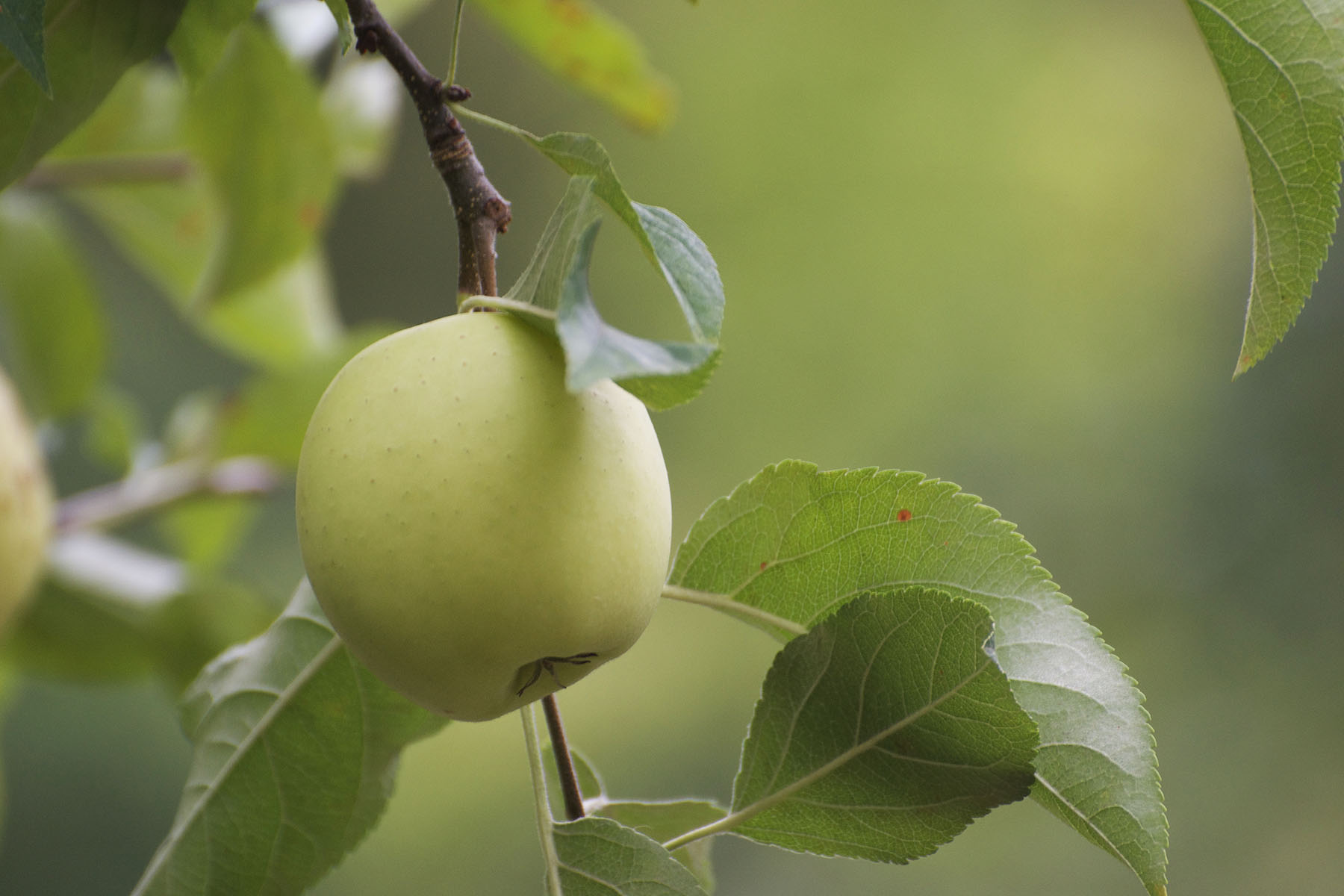Lots of pictures today. They continue the theme that I introduced at the beginning of this week, varied approaches to memory and change across time.
The first round concerns a German photographer, Birthe Piontek, who is now based in Canada. I came across her work when looking at a review of a current exhibition in Brooklyn, NY, that offers new angles on food photography. Other than that edibles are involved, the inclusion of Piontek as food photography struck me as farfetched – but then so did her artist statement for the staged work, below. It is too bad, since the work itself is creative, clean, with superb workmanship. Meaning must, I guess.
“Janus is another iteration of my ongoing inquiry into the topics of memory and change. All photographs in this series were taken in the same corner of my studio as I am interested in how an artist can find inspiration in the limitations of a specific space. …
In some images, the objects are photographed alone; in others, I perform with them. In the combination of body and object, a kinship is revealed. Much of the series rests on the idea of an alikeness of all organic matter that is exposed to the forces of change. We all adapt, mutate, grow and decline every day, even if this transformation is mostly invisible to the eye. Like the ancient Roman god, Janus – the god of beginnings, transitions, and endings – we always try to look into the future while being informed by our past. Thus the current moment, in which change is happening, usually slips by unnoticed.”





The second round is devoted to an artist whose work was introduced to me by a friend. (Thank you C.N.!) Deana Lawson uses staged images as well, this time on steroids. Or maybe I should prefer the term grand scale or regal, as it is offered in various glowing reviews of Centropy, her current exhibition at the Guggenheim.
The winner of the 2020 Hugo Boss award, Lawson approaches strangers who she feels drawn to and then elaborately surrounds them with scenes and props that confuse all sense of being rooted in a particular time – they point to past, press, future simultaneously – yet the artist herself calls it time stopping. The exhibition itself adds holograms and light prisms that enhance a sense of the surreal. Here is the entry of the exhibition blurb of the museum:
“… creates images that are rooted in a moment from the tangible world, but ultimately exist in the shimmering in-between space of dreams, memories, and spiritual communion, where the everyday is transfigured into the uncanny and the magnificent.“
Then again, when you approach her short film that describes her approach to her work and offers interviews with and about many of her subjects, you are guided by an introduction that points to
“. ..the creation of images of Black diasporic identity that powerfully evoke the self-possession and divinity of her subjects.”
One last take (in line with the relentless praise machinery surrounding the artist): the NYT headlines a detailed review of the artist and her work with this interpretation:
The Artist Upending Photography’s Brutal Racial Legacy
Deana Lawson’s regal, loving, unburdened photographs imagine a world in which Black people are free from the distortions of history.
Can we PLEASE just have the images speak for themselves?
Actually, nope. Because we would miss, (many if not most of us, I certainly,) what is potentially disturbingly problematic with this work, including the art critic’s worries about the abject objectification of Black bodies, of a continuation of degradation and exploitation central to historic photography of Blacks, and of misrepresentation of religious practices in the diaspora. Add to that active suppression of art criticism of this work by the artist and those making money around her art. Sorry, more reading required. Then make up your one mind.





Alternatively, you can peruse today’s un-staged photographs from yesterday’s visit to a friend’s garden. They document neither history, nor change, nor the future, but simply the persimmons, apples and pears ripened by this summer’s unusual heat. At times I’m content to look at just what IS.









Looking at was is, and listening to somethin else…..






Martha Ullman West
Fascinating, beautiful, ugly (you heard me), intricately designed both visually and verbally, post and I thank you for it.
Sara Lee Silberman
Staged and unstated: all interesting, Rike!
Wishing you a good, restful weekend.